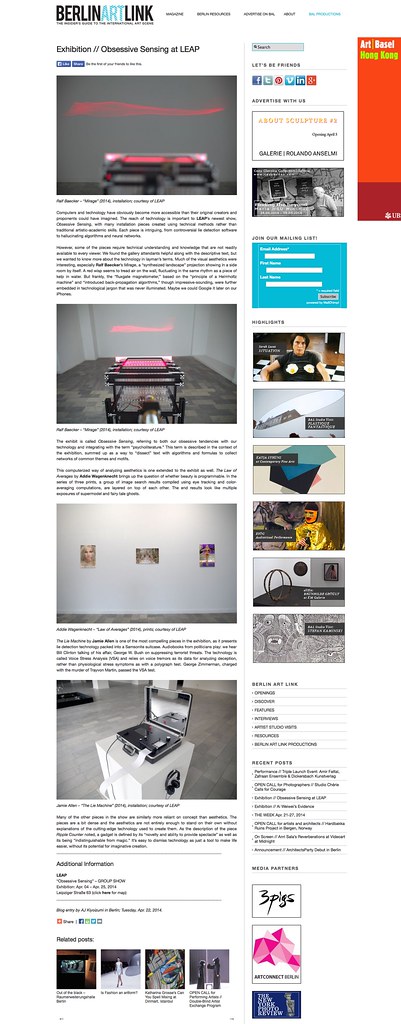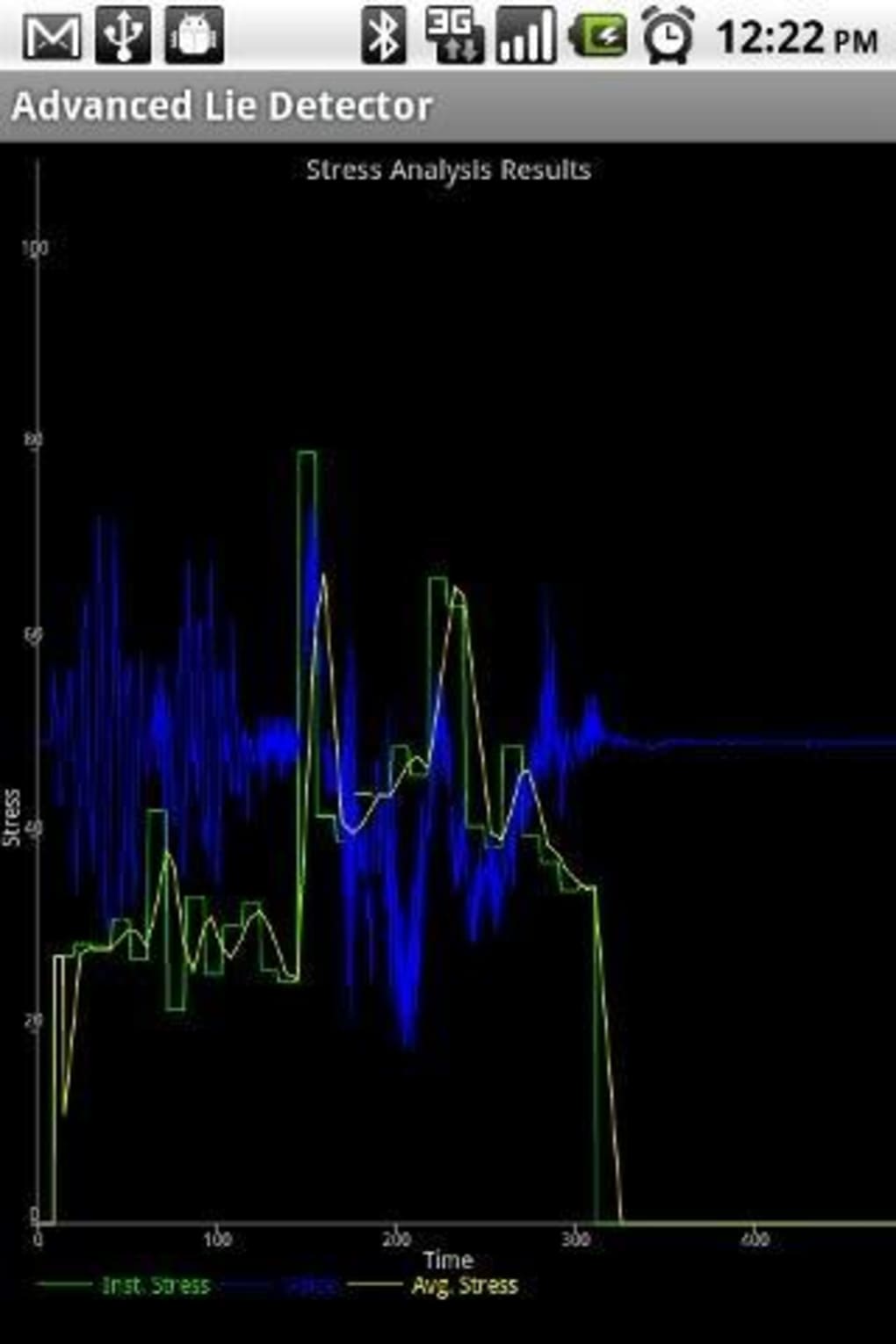


The participant in the present study was presented with four instructions: (a) allow yourself to be anxious, (b) listen to stories of events of which you have no direct experience or knowledge, (c) listen to stories of self-reported true (real crimes) events which you participated in and feel guilty about your participation, and (d) block the real crime stories (events provided by participant) as they are read to you.

A new design was created which requires no verbal response of the participant. The procedure failed to make a decision in 4 of the 15 events being examined. Previous attempts by the author to discern if the qEEG could be an effective instrument in the detection of a lie resulted in positive results (100% effective, 73% of the time Thornton, 1995). Architecture of a prototype under development based on the proposed framework is outlined. The focus of research is on designing group processes to aid deception detection from various information sources such as text transcripts, video clips, and audio clips. This article presents a Group decision support systems (GDSS) framework for deception detection based on collaborative process patterns, thinkLets. However, in complex tasks such as deception detection, involvement of teams of human experts is critical in validating the automated tools and agents, improving them, and also in training other humans in detecting deception accurately. Research in detecting deceptive communication is geared towards understanding the deception process, proposing theories to model it, and developing tools to automate the detection of hostile intent and deception. Achieving information assurance and security is a complex and challenging task, which is crucial from national and personal security point of views.


 0 kommentar(er)
0 kommentar(er)
